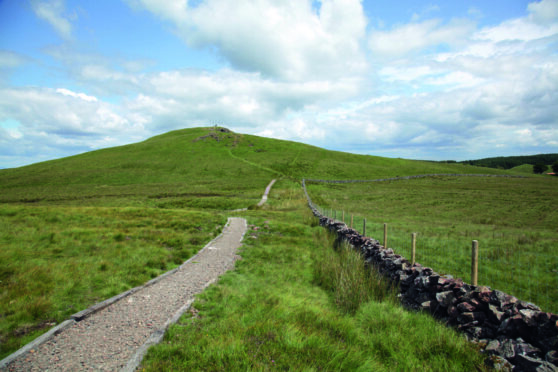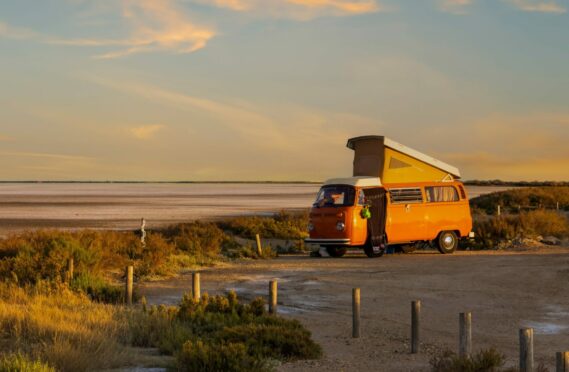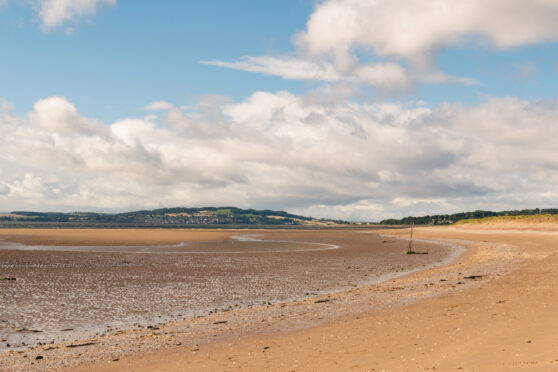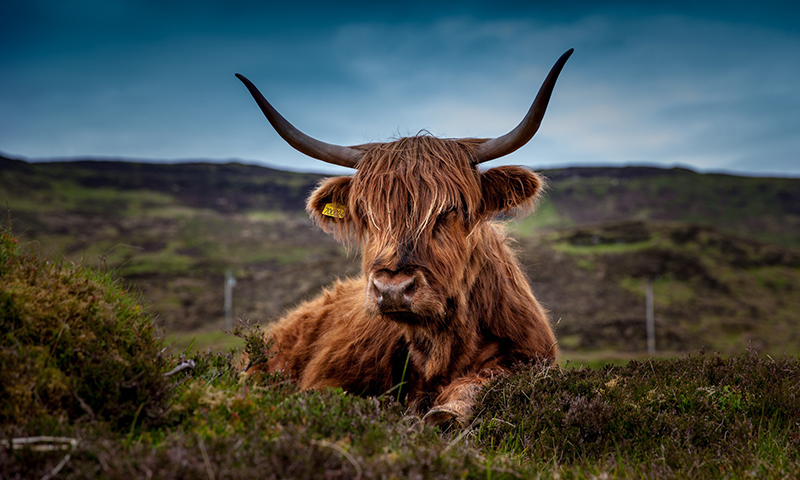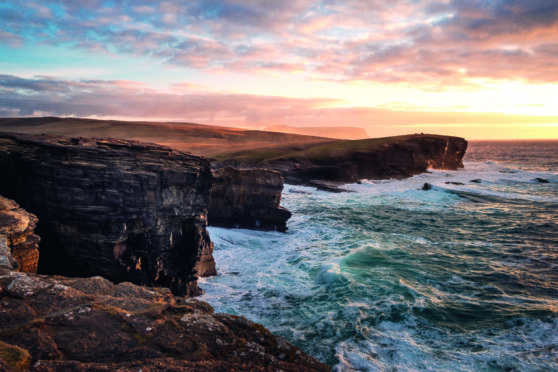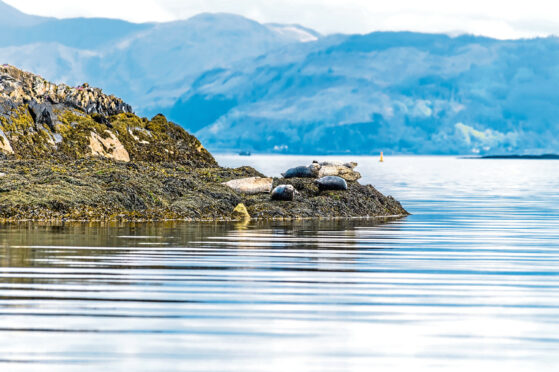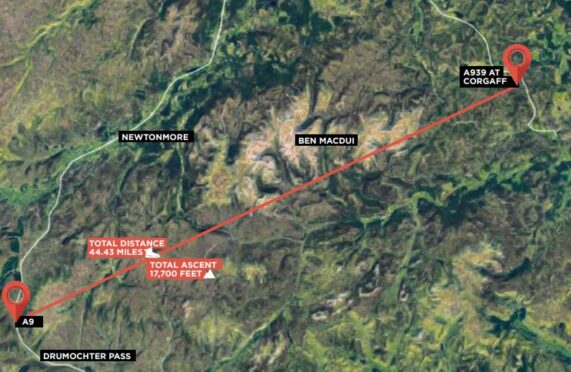
Over three days, two explorers hiked, climbed, scrambled and waded through the heart of the Cairngorms National Park, aiming to be the first to travel Britain’s longest straight line between two roads.
Calum Maclean and Jenny Graham followed a bearing of 67 degrees – approximately east-north-east – from the A9 to the A939 across difficult terrain – with no paths or trails. It included forests, crags, steep hills, mountain summits, gullies, river crossings, bogs, peat hags and many miles of thick heather. “It was very unnatural,” said Maclean, a broadcaster and presenter.
“Walking in a straight line might sound like the simplest of all adventures,” said Graham, a round-the-world record-breaking cyclist, “but it turned out to be the most complex navigation of any trip I’ve been on.”
The route that the two friends decided to follow in the summer of 2021 was created in 2018 by map makers Ordnance Survey (OS) after a question was posed on Twitter. Roger Dalton (@100in7) wrote: “What (and where) is the longest distance you can walk in a straight line in England/Wales/Scotland without crossing a road (defined as a paved surface for vehicular use)?”
Intrigued, OS experts set about searching for a route and decided that the longest straight line between tarmac roads was from the A9, just north of the Drumochter Pass, to the A939, south of Corgarff. They concluded the exact straight-line distance was 71km (44.43 miles) with a total ascent of 5,395 metres (17,700 feet).
The highest point is the summit of Beinn a’Bhuird at 1,197m (3,927ft), also the UK’s 11th highest mountain. Other mountains on the route include Beinn Bhrotain and Ben Avon. At the time of plotting the line, an OS expert said: “I wouldn’t recommend anyone do it unless they are very conversant with a map and compass.”
Maclean, 32, of Aberfeldy, Perthshire, and Graham, 42, of Inverness, are thought to be the first to complete the journey of Britain’s longest linear walk without encountering a road – as defined by OS. The duo was supported by Expedition Equipment UK and sponsored by Montane.
There are reports of a couple of previous attempts, but each was aborted. In addition, in the late 1970s, a few walkers are reported to have done something similar, plotting their own routes by prismatic compasses – usually used by surveyors – between fixed points. Maclean and Graham, who set off on August 27 at 9.16am and finished at 9.12pm on August 30, revealed it was much harder than they had imagined to keep a straight line on unpredictable terrain. “It’s really tricky to stop yourself veering from the bearing,” says Graham. “You think you know what a straight line is, then you look at the GPS and realise you don’t. You have to let go of everything that is in your head. Sometimes this means not doing what appears to be the most sensible when looking at the terrain.”
Maclean said: “We tried following a compass bearing, but it wasn’t that accurate. Then we followed a line on our GPS devices, which was better but still difficult.
“Even a small gully is hard when you have to go in a straight line. Common sense says to go round, but we were determined to stick to the straight line.”
They were surprised by how slow their progress was.
“On day one, we walked in a straight line for 11 hours and covered just 10 miles,” Graham says. “They were the toughest 10 miles of my life.”
The second day did not feel much faster – it took the pair 13 hours to do 20km (13 miles).
“It was so tough on all the heather and with so many steep ups and downs. At some points I was crawling up heather on my hands and knees.”
Maclean added: “I was cursing every bit of heather. The terrain was monotonous at times. It was a slog.”
“We slept, ate and crossed everything in our paths in one straight line,” Graham added.
“It was very hard but also amazing.” Maclean described the anxiety of not knowing what they might encounter. “We knew there would be crags on the straight line and worried about what we’d come across,” he says. “There were huge slabs on some descents with water running over them. A few times we attempted to down-climb, but it was too risky and so we had to slightly detour off the line. This only happened a few times, though.”
Another tough section came at the end of the longest straight line on day four, when the route they were following ended without them reaching the road.
“We had to make it through a thick forest to get to the A939,” Maclean says. “This was one of the toughest parts.”
Despite the difficulties of the unusual feat, Maclean and Graham, who finished in 83 hours and 56 minutes, discovered many highlights. On day one, Maclean, a keen swimmer, was delighted by the discovery of a hidden waterfall.
“We found a stunning series of waterfall pools tumbling through a gorge,” he says.
“It was a place I might never have visited if it weren’t for walking the line – and they’re now bookmarked for a return to swim, as they were a little way off the line.”
Another highlight was the amazing view that opened up before them as they came to the high hill pass of the Lairig Ghru on day three. “There was a temperature inversion and the view was totally amazing,” Maclean says. “It was very uplifting.”
They both concluded that, while tough, the longest straight line project had been ultimately rewarding. “It was such a cool experience doing something that others have not,” Graham says. “We reached places I’d never visited, despite thinking I really knew the Cairngorms.”
“I had a mix of feelings throughout,” Maclean adds, “from monotonous and depressing to really joyful. Overall, it was quite gruelling.
“But, then, when we reached the summits and got the opportunity to gaze back from where we’d come, it was a real feeling of satisfaction.
“We could draw a line with our eyes, which linked the heather below our feet to the river in the glen, the deep hidden gullies, rocks on far off hills and beyond.
“In those moments, I think the purpose of walking a straight line became a bit clearer.”
Into the wild: fionaoutdoors.co.uk

Enjoy the convenience of having The Sunday Post delivered as a digital ePaper straight to your smartphone, tablet or computer.
Subscribe for only £5.49 a month and enjoy all the benefits of the printed paper as a digital replica.
Subscribe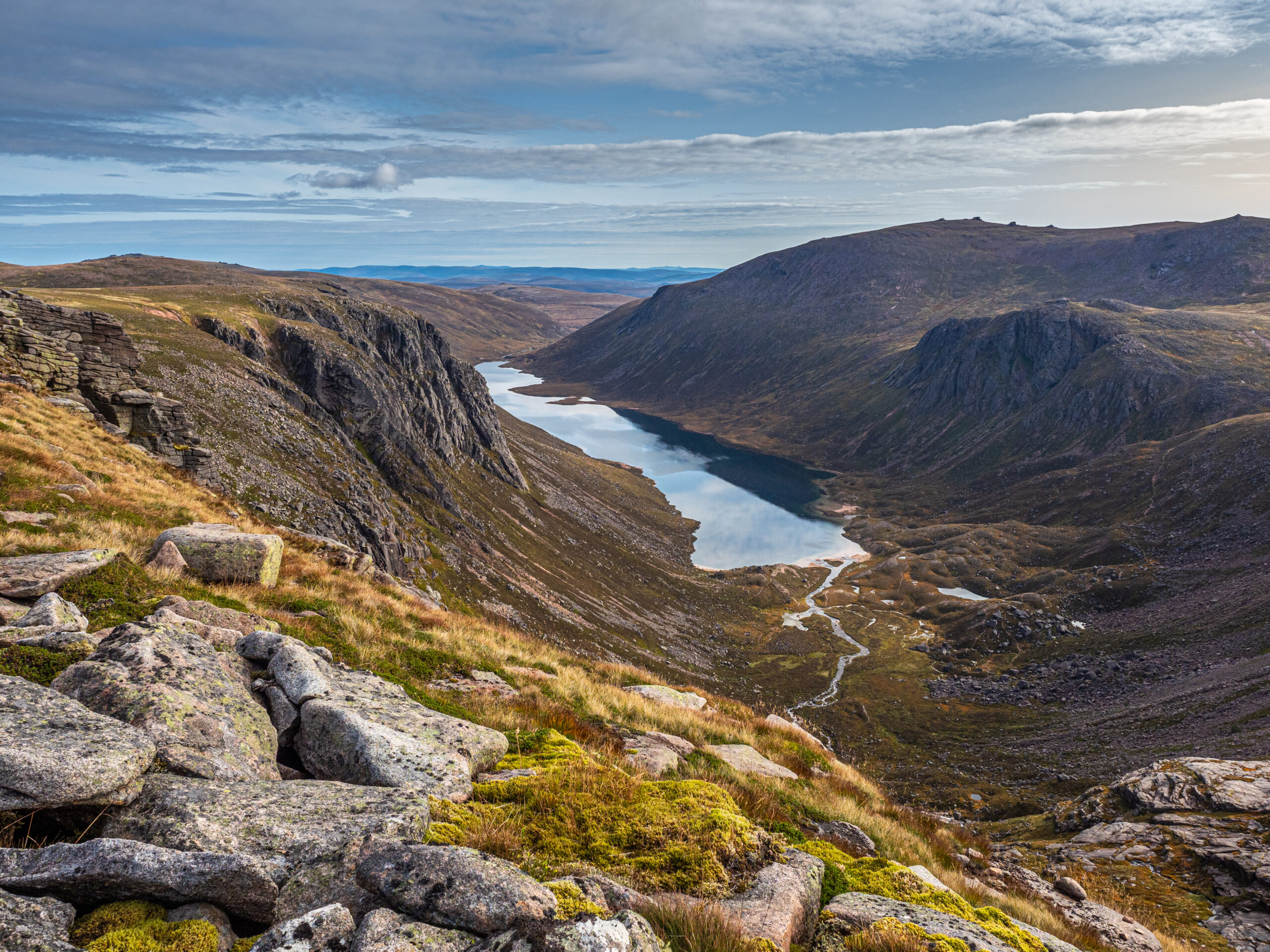 © Shutterstock
© Shutterstock